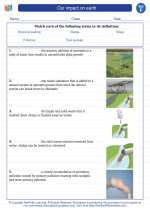Neogene
The Neogene is a geologic period that spans from about 23 million to 2.6 million years ago. It is the second period of the Cenozoic Era, following the Paleogene period. The Neogene is further divided into the Miocene, Pliocene, and Pleistocene epochs.
Miocene Epoch
The Miocene epoch, which lasted from about 23 million to 5.3 million years ago, was a time of diversification and expansion of many groups of organisms. It was during this epoch that the first apes and hominids appeared. The Miocene also saw the rise of many modern mammal groups and the spread of grasslands.
Pliocene Epoch
The Pliocene epoch, from about 5.3 million to 2.6 million years ago, was characterized by continued diversification of mammals and the spread of early hominids, including the genus Homo. The climate cooled during this epoch, and ice caps began to form in Antarctica and the Arctic.
Pleistocene Epoch
The Pleistocene epoch, which lasted from about 2.6 million years ago to 11,700 years ago, is known for its series of ice ages and the evolution of early humans. Many large mammals, such as mammoths and saber-toothed cats, roamed the Earth during this time. Human ancestors adapted to the changing climate and landscapes, developing tools and social structures to survive.
Study Guide for Neogene
- What are the three epochs of the Neogene period?
- Describe the key characteristics of the Miocene epoch.
- How did the climate change during the Pliocene epoch?
- What significant events occurred during the Pleistocene epoch?
- How did early humans adapt to the challenges of the Pleistocene epoch?
◂Science Worksheets and Study Guides Sixth Grade. Our impact on earth
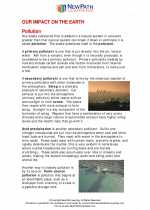
 Worksheet/Answer key
Worksheet/Answer key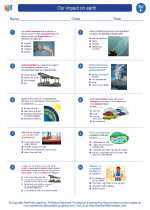
 Worksheet/Answer key
Worksheet/Answer key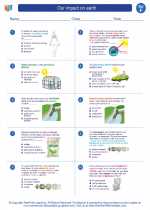
 Worksheet/Answer key
Worksheet/Answer key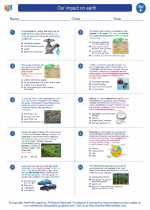
 Vocabulary/Answer key
Vocabulary/Answer key